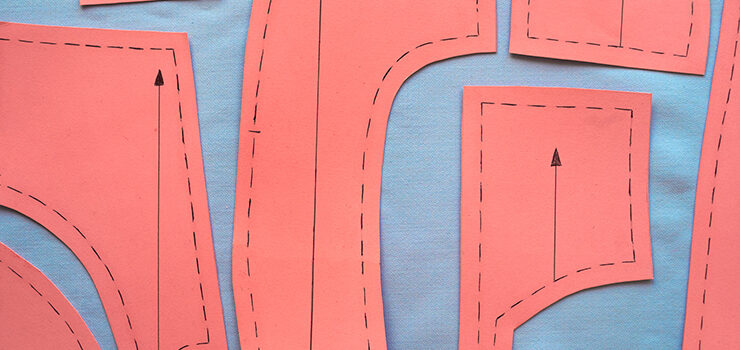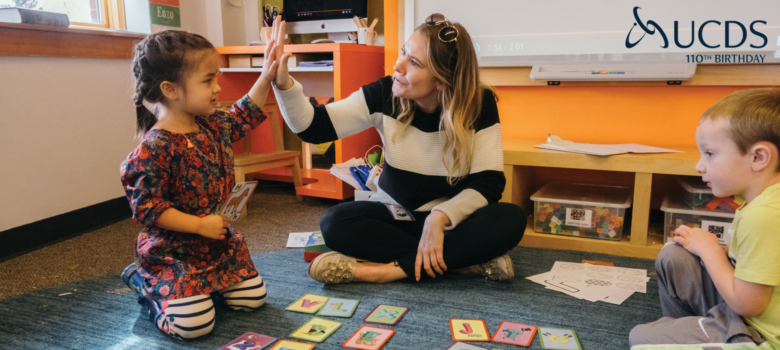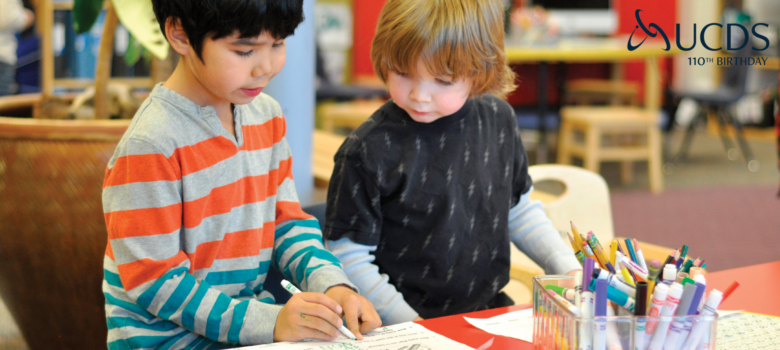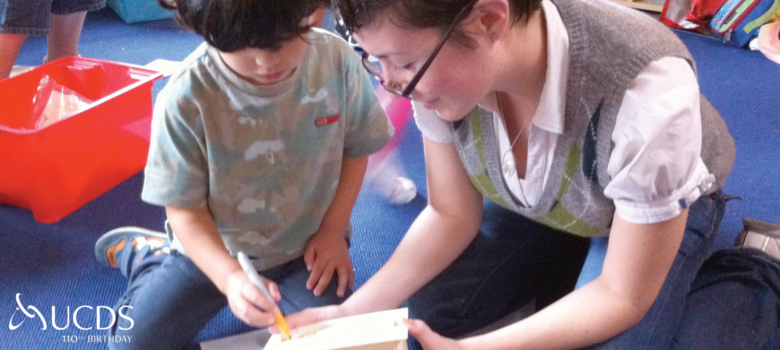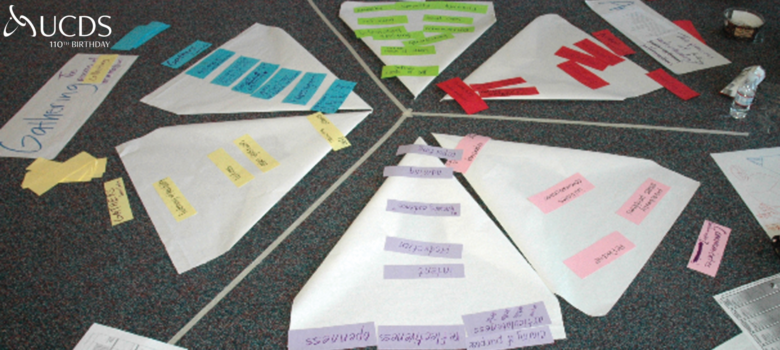by Louise Conway, Learning Support Teacher
Like many people, over the past few months, I rediscovered some hobbies that I hadn’t prioritized for in a long while. After converting my garage to a workspace during the school year, I pulled out my old sewing machine over summer break, something I’d been wanting to do for years. As I pored over patterns and fabric, I was reminded of one of my first sewing projects as a kid—a pair of pants for my American Girl doll.
Years ago, I attended a professional development workshop and I was asked to reflect on a memorable learning experience, and it was this first sewing project that sprang to mind. I can’t remember if they specified non-academic, but most of the people in my group also shared experiences that weren’t school-specific. After a few months of teaching in a whole new way, thinking back on the process of assembling these tiny pants was a lovely way to remember the magic of learning.
There are a number of reasons that this was a memorable experience, and many parallel beautifully with what I hope kids encounter when I am designing a learning experience. I had a lot of independence in the initiation of this project and was determined to complete it. Although it’s not often that students experience a completely self-directed project at school, the perception of autonomy throughout a process has been shown to contribute to intrinsic motivation.
Another key ingredient in motivation is competence, and this project presented just enough of a challenge for me to learn something new but wasn’t so difficult that I couldn’t figure it out. I traced the pattern, cut out my pieces, and then I was stumped. I spent hours studying the pattern, trying to figure out which pieces to attach to where. There were weird pointy parts of the pieces and I couldn’t imagine how they came together—pants don’t have angles like that!? My 9-year-old brain was puzzled, having never assembled a three-dimensional fabric creation before. Once I got it, I cruised through the rest of the garment, propelled by the hard-won success.
Finally, I got to show my hand-crafted apparel to my friends and their dolls…and they asked me to make some for their dolls. I was so proud of myself. Demonstrating my competence and receiving authentic accolades from my peers was extremely meaningful to me.
Although the learning that took place in this memory wasn’t academic, the social and emotional experience throughout this project is what I strive to recreate with my students whether they are working on mastering a new math concept or overcoming a challenge with friends: a sense of autonomy, a manageable challenge and an opportunity to share discoveries.

